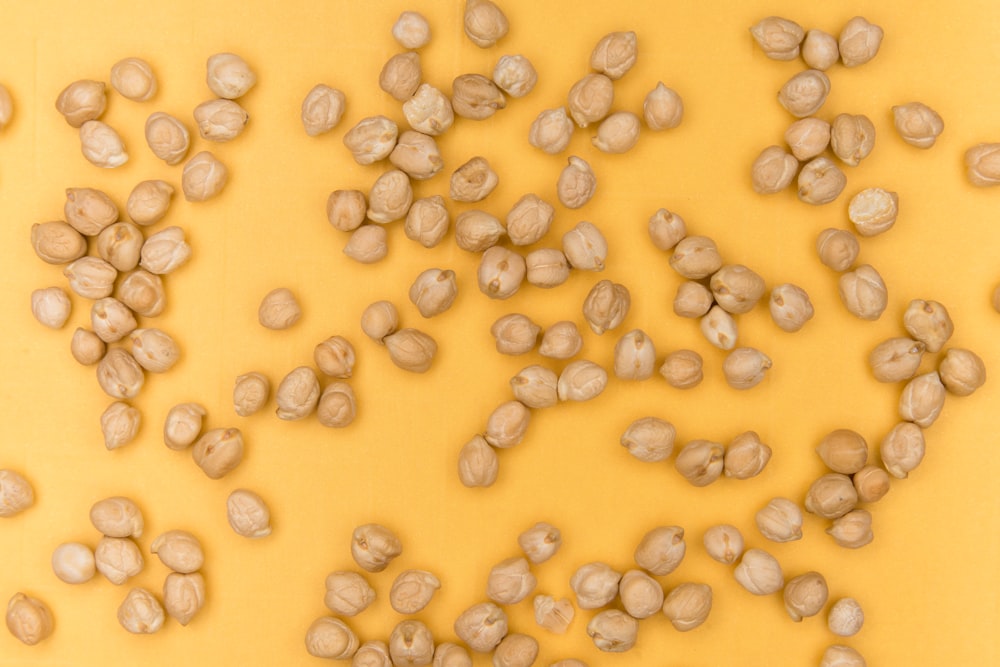
Preppers are having a moment. Everyone is writing about empty shelves and long queues, and vowing to be more prepared in the future. What does “prepared” look like? More – more food, more toiletries, more of things they need, but also things they don’t.
First, let me describe the situation in Denmark. The evening we went into semi-lockdown, about a month and a half ago, people went a little crazy. That night we saw the long queues and empty shelves everyone is talking about. Well, we only saw it on the news and not with our own eyes because when the prime minister announced the lockdown she was very clear in asking people not to hoard and about not expecting any food shortages (she said, rightly, that there would only be food shortages if too many people hoard food). Anyway, the next day was mostly normal with no significant shortages, and since then we’ve had the stores as full as always. We haven’t noticed more traffic inside the stores we usually go to, and there was nothing we wanted to buy but wasn’t available.

But you know what? Even if we did have shortages, we would not bat an eye, and we would sleep perfectly fine knowing we had enough food. Why? Because there’s enough food in the store! Can’t find yeast? Who needs it anyway? Make sourdough. It takes all of two minutes to stir flour and water, and then just wait for the yeast to join the party. Seriously, it’s one of the easiest things ever. No pasta? Eat rice. No rice? Eat corn grits. If you dress it up real nice you can call it polenta. No grits? How about oatmeal, couscous, chickpeas, lentils, beans, peas? These are all things we have in the pantry on a regular basis. I doubt supermarkets ran out of all of them. Instead of looking at what’s missing, look at what’s there. It’s okay if you’ve never made it before. The internet is right at your fingertips and has a pretty much infinite amount of recipes.

A really useful tip is when you have an ingredient you don’t know how to use, look for cultures that use it as a main part of their diet. Remember the corn grits? In “Mastering the Art of Soviet Cooking” (great book by the way), the author described an incident in which her mom got hold of a package of corn grits, in the middle of a famine, and gave them away because she didn’t know what to do with them. In Russia of that time, buckwheat was food; dried, ground corn was not. Today, a quick google search will lead you to Mămăligă, a traditional Romanian food and an essential dish in Romanian cooking. Coming from Israel, chickpeas are the bean of choice for us. We make falafel and hummus with them, but also soups and salads and casseroles. If you go to Egypt you’ll soon find out that fava beans rule there. When I went to Japan for a month, I didn’t buy bread even once. It’s just not that common a food there, so there’s no reason to stick to eating it when there are much better alternatives. What did I eat instead of bread? Tofu, soy bean sprouts, noodles, roasted sweet potato. Whatever was available and cheap.

Prefer flexibility over preparedness. You don’t need to stock 100 bags of flour if you recognize that you can get used to eating something else. Mental preparation is much more important than hoarding supplies. Start working on your mental game now, and you’ll definitely enjoy your post-corona travels better because you won’t be hit with the “different food” shock!
Absolutely true. Clear normal voice in these days is what we really need.
LikeLike